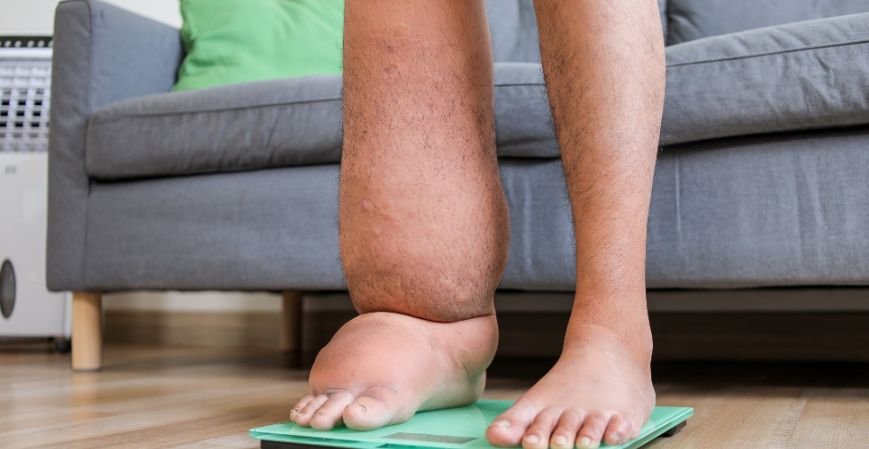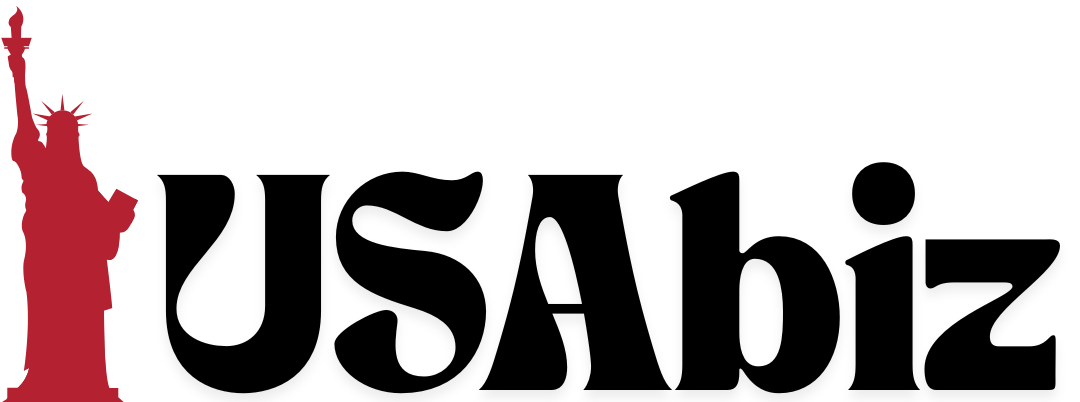
Overview of the Neglected Tropical Disease Treatment Market
Neglected tropical diseases (NTDs) affect over one billion people globally, primarily in impoverished and rural regions. These diseases, though preventable and treatable, have long remained underfunded and overlooked. The neglected tropical disease treatment market has recently gained attention due to collaborative efforts by governments, non-profits, and pharmaceutical companies. Organizations like WHO and the Bill & Melinda Gates Foundation have been instrumental in pushing initiatives to control and eradicate NTDs. These joint efforts have led to improved access to treatments, vaccines, and diagnostics, propelling the market forward. The rising commitment to equitable healthcare and better patient outcomes continues to act as a strong driver for market expansion.
Market Size
The global neglected tropical disease treatment market was valued at USD 3.92 Billion in 2024. This significant valuation reflects the increasing support for research and development of therapies for diseases historically deemed unprofitable. Investments from global health alliances and funding from private-public partnerships have boosted the accessibility of medications in low-income regions. The growing volume of government tenders and funding grants for the procurement of drugs for diseases like leishmaniasis and Chagas disease has also amplified the market size. The emergence of novel biologics, along with the approval of orphan drugs, is expected to further elevate the demand for effective treatments, resulting in robust market expansion.
Market Trends
A notable trend in the neglected tropical disease treatment market is the shift toward combination therapies and targeted drug delivery systems to improve treatment efficacy. There’s also increasing reliance on digital health technologies to enhance remote diagnosis and patient tracking in underserved areas. The development of low-cost diagnostic kits is helping in early detection, especially in rural regions. Another trend is the growing role of philanthropic funding and CSR initiatives from pharmaceutical giants who are donating drugs or offering them at subsidized rates. Additionally, the focus on vaccine development, particularly for dengue and leishmaniasis, is gaining momentum as immunization emerges as a proactive preventive measure in controlling outbreaks.
Market Opportunities and Challenges
There is ample opportunity in the neglected tropical disease treatment market, especially with expanding healthcare infrastructure in emerging economies and increased global collaborations. Technological innovations in diagnostics, digital platforms, and mobile health can greatly improve disease tracking and patient outcomes. Moreover, growing investments in R&D and the potential for biosimilars and generics to drive down treatment costs also present lucrative avenues for players.
However, challenges remain. Limited commercial profitability deters private sector involvement. Additionally, logistical issues in drug distribution, lack of healthcare infrastructure, and social stigma surrounding certain diseases often delay treatment and diagnosis. Ensuring consistent funding, political commitment, and collaborative frameworks will be essential to address these hurdles.
Claim Your No-Cost Sample Report with Complete TOC Inside
Market Segmentation
Market Breakup by Disease Type
- Dengue
- Rabies
- Trachoma
- Buruli Ulcer
- Yaws
- Leprosy
- Chagas Disease
- Mediterranean Fever
- Human African Trypanosomiasis (Sleeping Sickness)
- Leishmaniases
- Soil-transmitted Helminthiases
- Others
Market Breakup by Treatment
- Drugs
- Anti-Parasite
- Antifungal
- Antibiotics
- Others
- Vaccines
Market Breakup by Route of Administration
- Oral
- Parenteral
Market Breakup by End User
- Hospital
- Specialty Clinics
- Homecare Settings
- Others
Market Breakup by Distribution Channel
- Hospital Pharmacy
- Retail Pharmacy
- Online Pharmacy
Market Breakup by Region
- North America
- Europe
- Asia Pacific
- Latin America
- Middle East and Africa
Market Growth
The neglected tropical disease treatment market is experiencing steady growth, largely due to the increasing burden of NTDs in tropical and subtropical regions. Countries in Africa, Latin America, and Southeast Asia are showing greater responsiveness to eradication programs, supported by WHO-led roadmaps. Heightened awareness and screening campaigns are enabling faster diagnosis and timely interventions. In addition, the expansion of public healthcare insurance and availability of low-cost treatments are widening patient access. Multinational corporations are entering strategic partnerships to develop and distribute medicines at scale. These collaborations, along with improved surveillance systems and the rollout of national programs, will further accelerate growth through 2034.
Market Forecast (2025–2034)
Between 2025 and 2034, the neglected tropical disease treatment market is forecast to grow at a CAGR of 4.80%, reaching a projected value of USD 6.26 Billion by 2034. This upward trajectory is attributed to both increased disease prevalence and the intensification of global public health interventions. The introduction of newer treatments, enhanced funding by global health organizations, and improved drug supply chains will drive market penetration, particularly in underserved regions. Technological innovations in drug formulation and diagnostics are expected to enhance disease management and therapeutic effectiveness. The long-term vision of disease eradication by several governments and global partnerships is projected to sustain consistent growth throughout the forecast period.
Competitor Analysis
The neglected tropical disease treatment market includes major pharmaceutical players that are actively involved in drug discovery, vaccine development, and global supply chain optimization. These companies play a vital role in driving innovation, making treatments affordable, and supporting public-private initiatives aimed at eliminating neglected diseases.
- Pfizer Inc. – Leading in vaccine innovation and donation programs for NTDs.
- F. Hoffmann La Roche – Invests in R&D for parasitic and bacterial disease treatments.
- Bayer AG – Known for affordable antiparasitic and tropical disease drug offerings.
- Novartis AG – Focuses on global access programs for leprosy and malaria treatments.
- Sanofi – Strong pipeline in vaccines and pharmaceutical aid programs.
- Merck & Co., Inc. – Prominent donor of antiparasitic drugs for mass administration.
- GSK Plc – Extensive vaccine development for leishmaniasis and dengue.
- Johnson and Johnson Services Inc. – Active in providing medications for soil-transmitted helminths.
- Gilead Sciences, Inc. – Known for antiviral research in tropical viral diseases.
- Takeda Pharmaceutical Company Limited – Engaged in partnerships targeting dengue vaccine development.

